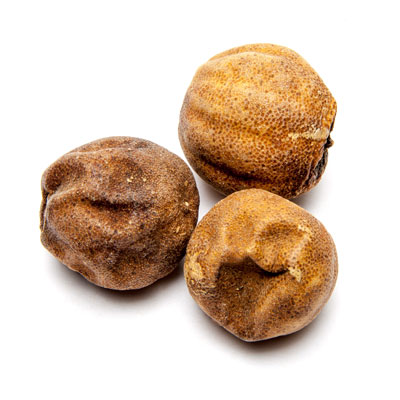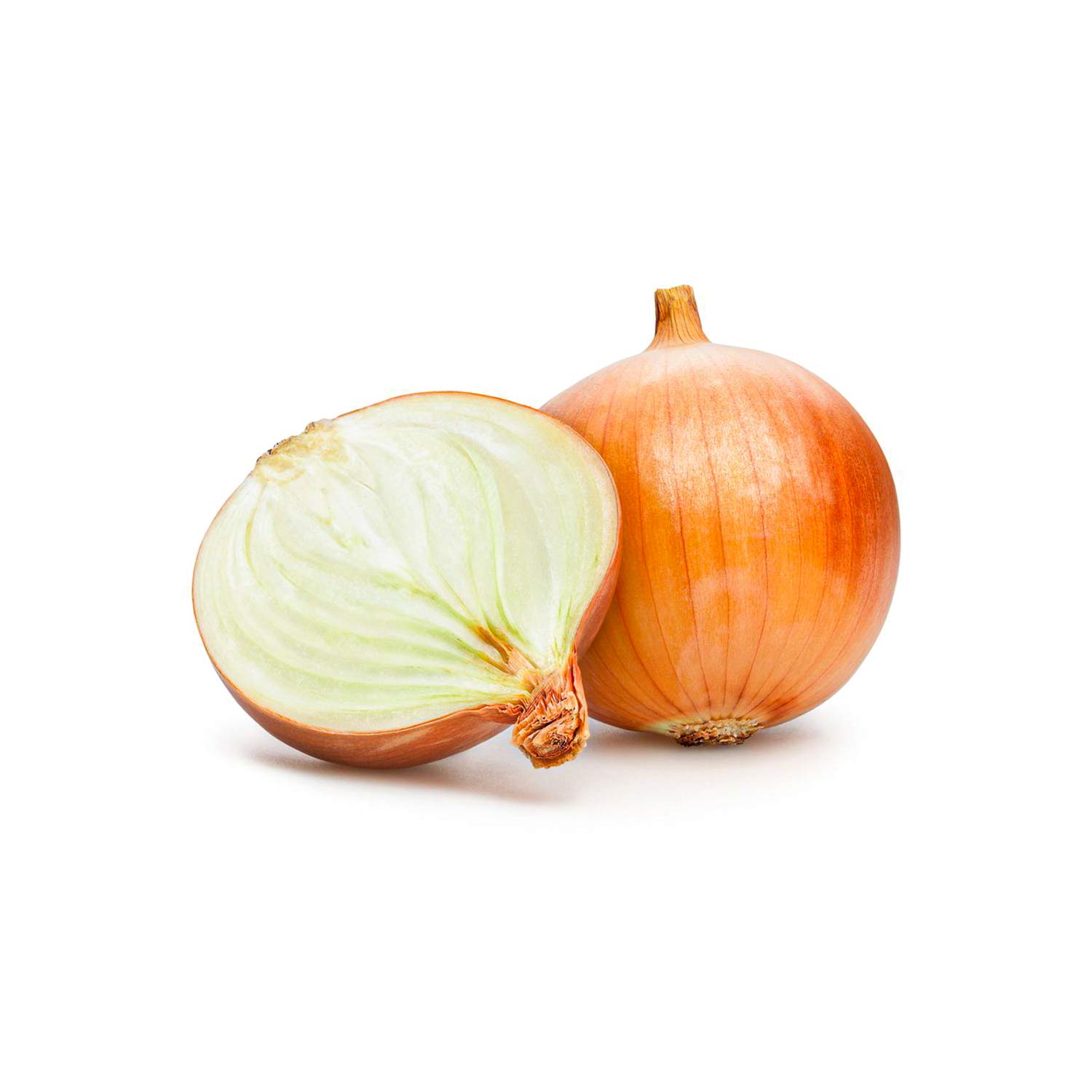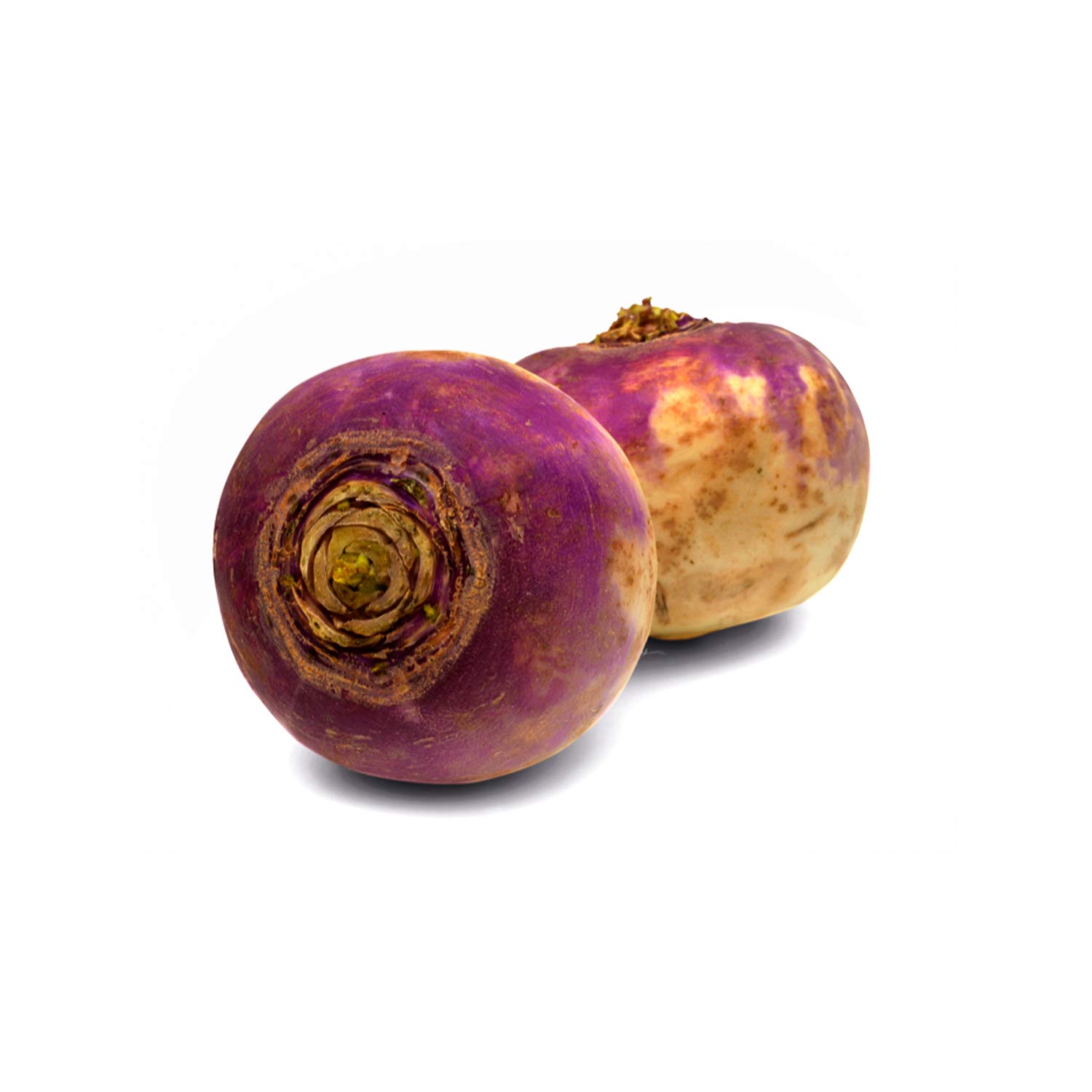A Growing Opportunity in Global Markets
Dried lime, with its bold flavor and rich aroma, is becoming a rising star in the international food scene. As global demand for natural and healthy ingredients continues to surge, dried lime presents an excellent opportunity for exporters. In this article, we’ll explore why demand is growing, which regions are key markets, and how businesses can enter and succeed in this sector.Exporting Dried Lime


Why Dried Lime Is in High Demand
Several factors contribute to the rising popularity of dried lime. From its distinct flavor to its nutritional value, dried lime checks every box for today’s health-conscious and flavor-seeking consumers.
1. Unique and Tangy Flavor Profile
To begin with, dried lime offers a citrusy, slightly fermented taste that elevates a wide variety of dishes. It is particularly popular in Middle Eastern, Mediterranean, and South Asian cuisines, where it adds depth and complexity.
Because of this versatility, both home cooks and professional chefs are incorporating dried lime into their recipes more frequently. As a result, demand has been climbing steadily across global markets.
2. Significant Health Benefits
Moreover, dried lime is a rich source of antioxidants, vitamin C, and minerals like calcium and iron. These nutrients support immunity, aid digestion, and promote overall wellness.
In an era where consumers prioritize clean, functional foods, dried lime naturally fits into the modern diet. Its health benefits make it more than just a flavoring—it’s also a nutritional powerhouse.
3. Broad Culinary Applications
In addition, dried lime is incredibly versatile. It can be ground into spice mixes, brewed into tea, or simmered whole in stews and broths. It complements both savory and sweet dishes, expanding its usefulness in global cuisine.
As more people experiment with international flavors, dried lime is making its way into new recipes and food products, further boosting its popularity.
Key Export Markets for Dried Lime
The global appeal of dried lime is growing, but certain regions show especially strong demand. These regions offer excellent opportunities for exporters who understand local preferences and regulatory standards.
1. Middle East and North Africa (MENA)
Unsurprisingly, the MENA region remains one of the largest consumers of dried lime. In countries like Iran, Iraq, and the UAE, dried lime is deeply ingrained in traditional cooking practices.
Because dried lime is already familiar and beloved in this region, exporters face fewer barriers to entry and enjoy a ready-made customer base.
2. European Union
The European Union is another rapidly growing market. Consumers in countries like Germany, France, and the UK are increasingly embracing global flavors while also demanding organic, sustainably sourced products.
Furthermore, the EU’s strong interest in natural ingredients aligns perfectly with dried lime’s attributes. Exporters who meet EU regulations and certifications can gain a strong foothold in this market.
3. United States
The United States has also emerged as a promising market. With rising interest in international cuisine, dried lime is becoming a popular ingredient in gourmet kitchens and health food products alike.
In addition, American consumers are placing more value on functional foods—those that taste great and offer health benefits. Dried lime fits perfectly into this category, making it an ideal product for U.S. importers and retailers.
How to Succeed in the Dried Lime Export Business
Although demand is rising, success in exporting dried lime depends on quality, compliance, and strong business practices. Exporters must adopt a comprehensive strategy to thrive in the global marketplace.
1. Focus on Premium Quality
Above all, quality matters. Exporters should ensure that limes are harvested at peak ripeness and dried under optimal conditions to preserve their flavor and nutrients.
Additionally, using secure, food-safe packaging can extend shelf life and protect product integrity during shipping. High-quality products not only satisfy buyers but also encourage repeat business.
2. Comply with Import Regulations
Each export destination has specific import regulations for food safety, labeling, and pesticide residue limits. For example, European countries often require detailed certifications and documentation.
To avoid customs delays and ensure smooth delivery, exporters must understand and comply with all applicable rules. Doing so also builds credibility with international buyers.
3. Build and Maintain Strong Buyer Relationships
Beyond regulations and product quality, building strong relationships is essential. Clear communication, timely deliveries, and flexible service go a long way in establishing trust with buyers.
Moreover, offering value-added services such as private labeling or customized packaging can set your brand apart in a competitive market.
Conclusion
Dried lime represents a powerful opportunity in today’s global food economy. Its bold flavor, impressive health benefits, and wide range of uses have made it a high-demand product in regions like the Middle East, Europe, and the United States.
By focusing on quality, navigating regulations effectively, and fostering strong partnerships, exporters can confidently expand into new markets and meet the growing global appetite for dried lime.





